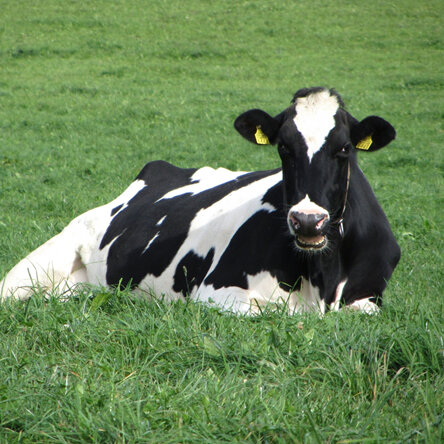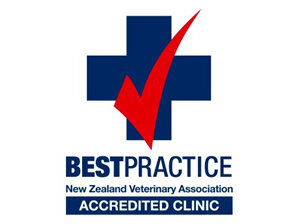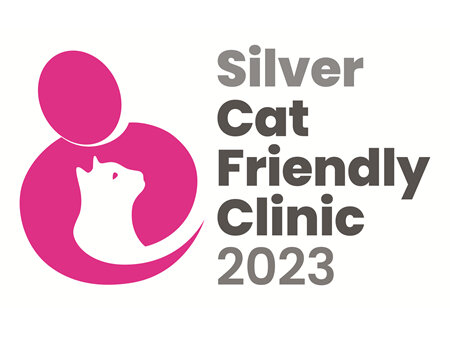Franklin Vets
Franklin Vets - excellence in veterinary care for dairy, farming, lifestyle, equine and household pets. BESTPRACTICE ACCREDITED NZ.
Your account is powered by Storbie. To edit your profile visit my.storbie.com
Your account is powered by Storbie. To edit your profile visit my.storbie.com

It has not been a typical autumn. In a normal year, autumn herds calve on diets predominantly of maize, supplement, and poor-quality pasture.
Fast-growing grass has a much lower level of magnesium, higher protein, and lower fibre. These all combine to mean that a cow typically absorbs lower levels of magnesium during these periods of good grass growth.
With good grass quality and cover around the district what you have previously done, might not work this season. There is a real risk that springers may run into issues with milk fever around calving.
I would advise that all herds should be doing grass samples from their springer paddocks and milking paddocks. Taking pasture samples will serve a number of purposes:
Taking pasture samples and blood samples to make sure your feeding and supplement levels are in the right place prior to calving will also help avoid issues.
As an aside to transition management, Copper is a very important element for high-producing dairy cattle, with local herds running into deficiencies if not supplemented.
Copper has lower availability when the water table is higher, this in conjunction with the lower amount of supplement being feed this season may have had significant effects on the herd and young stock's trace mineral levels.
I am concerned liver copper levels may be running lower this year. Particularly when it looks like we will be running into a wet autumn/winter period. I would suggest speaking with your vet to get these checked to know if you need to supplement young stock and the herd.
Dr David Moors BVSc (Dist) BSc (Hons) MANZCVS Medicine of Dairy Cattle
Franklin Vets - excellence in veterinary care for dairy, farming, lifestyle, equine and household pets. BESTPRACTICE ACCREDITED NZ.



